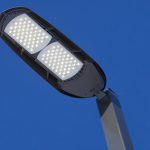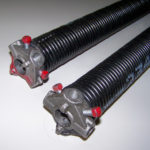Choosing the Right Wire Size for Your LED Light Bar Installation: A Comprehensive Guide
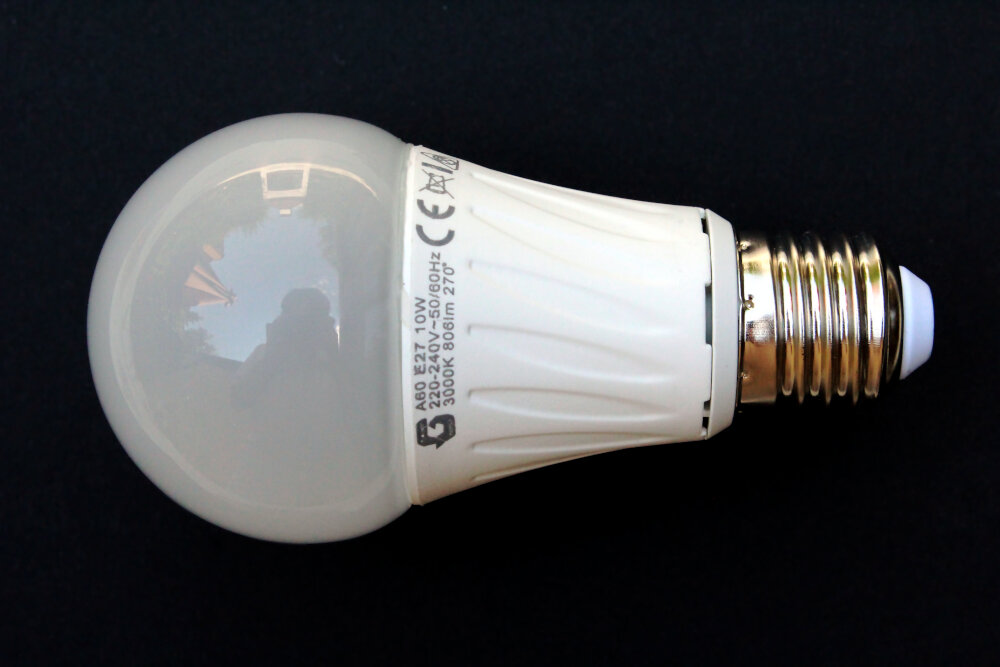
Installing LED light bars on your vehicle can be a great way to improve your visibility on the road or off-road. However, choosing the right wire size for your LED light bar installation is crucial for ensuring optimal performance and safety. With so many options available in the market, selecting the right wire size can be overwhelming. But don’t worry, this comprehensive guide will help you navigate through the process of selecting the appropriate wire size for your LED light bar installation. When it comes to LED light bar installation, the wire size plays a critical role in determining the functionality of your lights. Using the wrong wire size can result in inefficient power consumption, voltage drops, or even damage to the LED light bar. Therefore, it’s essential to understand the factors that influence the wire size selection, such as the length of the wire, the amperage rating, and the voltage drop. By considering all these factors, you can confidently choose the right wire size for your LED light bar installation, ensuring that your lights remain functional, safe, and reliable. So let’s get started on this comprehensive guide to selecting the perfect wire size for your LED light bar installation.
Choosing the correct wire size for your LED light bar installation is crucial as it directly impacts the performance and safety of the lighting system. Using wires that are too small can result in voltage drops, which in turn can cause the LED light bar to dim or flicker. Furthermore, undersized wires can overheat and cause a fire hazard. On the other hand, using wires that are too large can be a waste of resources and create unnecessary weight and bulk. Therefore, it is important to carefully assess the power requirements of your LED light bar and choose a wire size that can handle the necessary current while maintaining a safe and efficient operation.
Choosing the right wire size for your LED light bar installation is crucial for ensuring the safety and effectiveness of your lighting system. This comprehensive guide aims to provide you with all the information you need to select the appropriate wire gauge for your LED light bar installation, including factors like the length of the wire and the current and voltage requirements of your lighting system. Whether you’re a seasoned DIYer or a novice looking to install LED light bars, this guide will equip you with the knowledge and tools necessary to make an informed decision about wire size and ensure a successful installation. From understanding the basics of wire gauge to calculating voltage drop and selecting the right connectors, this guide covers everything you need to know to make your LED light bar installation a success.
Understanding Wire Gauge
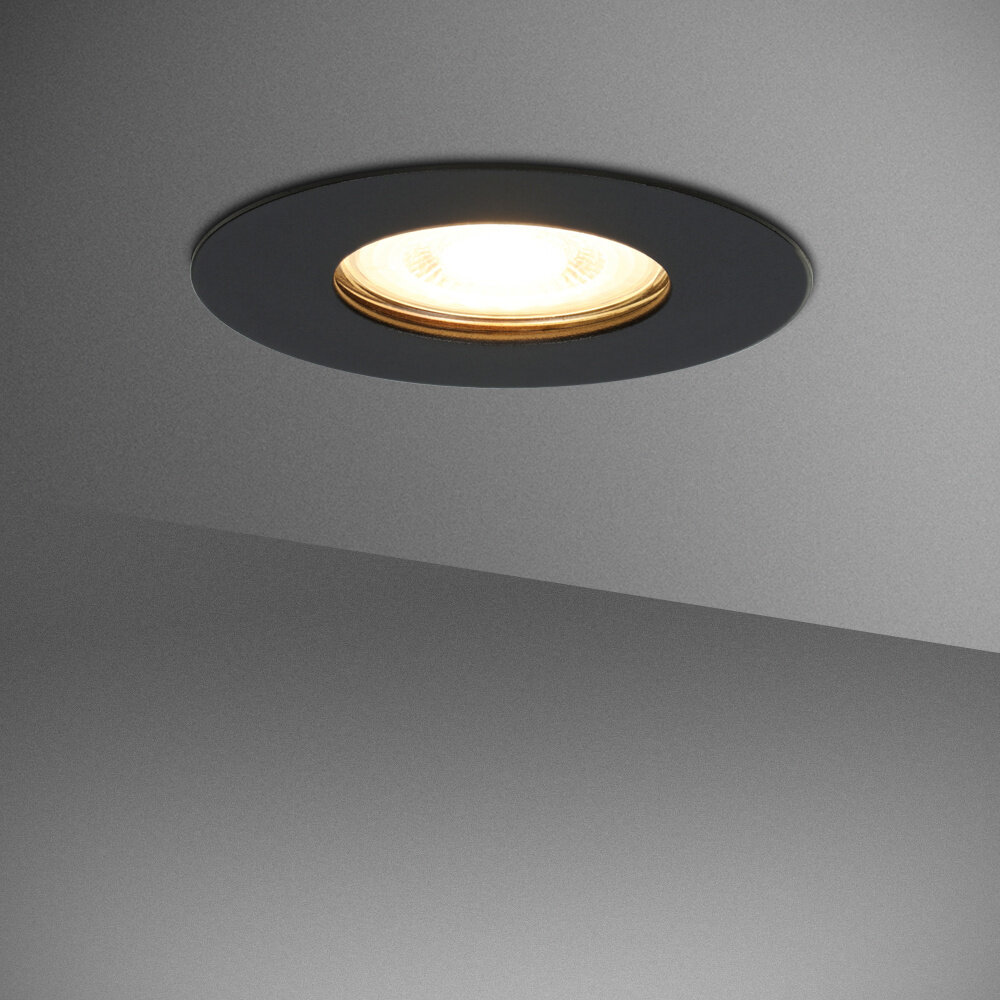
When it comes to installing an LED light bar, choosing the right wire size is crucial for ensuring proper functionality and safety. One of the key factors to consider when selecting wire size is the gauge, which refers to the thickness of the wire. Understanding wire gauge is essential for selecting the right wire size for your LED light bar installation. Wire gauge is measured based on the diameter of the wire, with smaller numbers indicating a thicker wire. A higher gauge number, such as 22, indicates a thinner wire, while a lower gauge number, such as 10, indicates a thicker wire. The wire gauge also determines the amount of electrical current that can safely flow through the wire. Installing a wire that is too thin can result in overheating, melting, and potentially even a fire. Therefore, it is important to consult a wire gauge chart to determine the appropriate wire size for your LED light bar installation.
Wire gauge is a measurement of the diameter of an electrical wire. It is an important factor to consider when selecting the right wire size for your LED light bar installation. The wire gauge determines how much electrical current the wire can handle without overheating or causing a fire hazard. The thicker the wire, the greater its current-carrying capacity and the lower the electrical resistance. If a wire is too thin for the amount of current passing through it, it can overheat and melt, causing a short circuit or fire. Therefore, it is crucial to choose the appropriate wire gauge based on the current requirements of your LED light bar installation to ensure safety and optimal performance.
The American Wire Gauge (AWG) system is a standard for measuring the size of electrical wires, widely used in North America. The system assigns a unique gauge number to each wire based on its cross-sectional area, with a higher number indicating a smaller wire diameter. This system is critical in determining the appropriate wire size for any electrical installation, including LED light bars. Choosing the correct wire size is essential for optimal performance, safety, and reliability of the system. Failure to use the appropriate wire size can result in voltage drops, overheating, and even electrical fires. Therefore, understanding the AWG system and selecting the proper wire size is crucial for anyone installing an LED light bar.
Calculating Wire Size
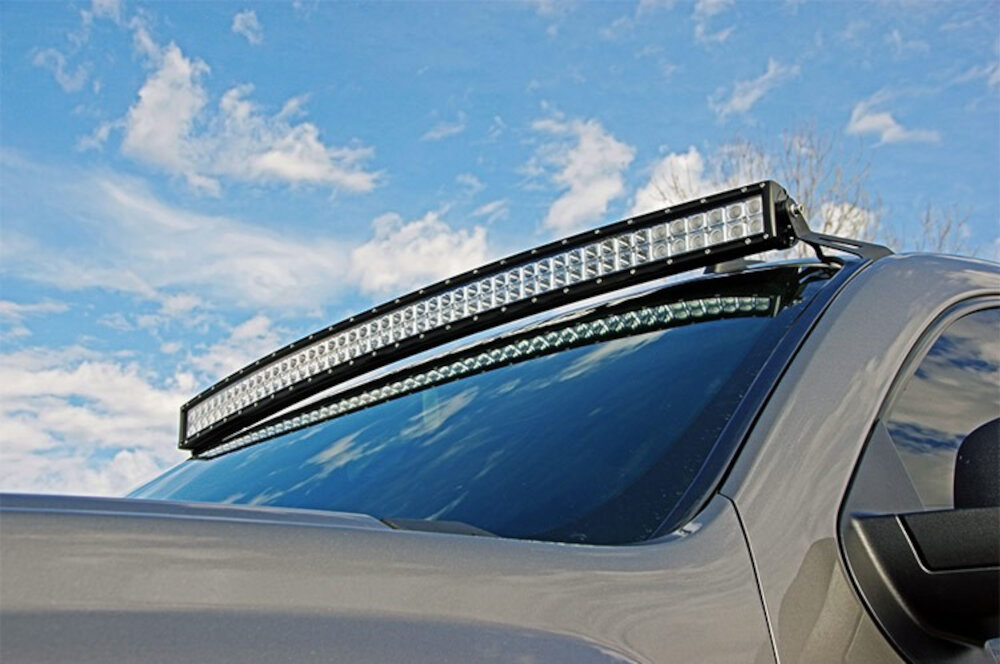
Calculating wire size is an essential aspect of any LED light bar installation project. The wire size you choose will have a significant impact on the overall performance and safety of your system. The wire size is determined by the amount of current that will be flowing through it. You will need to know the current draw of your LED light bar in order to choose the right wire size. The current draw is usually measured in amps, and it can be found in the manufacturer’s specifications or on the product label. Once you have determined the current draw, you can use a wire size calculator to determine the appropriate wire size. The calculator takes into account factors such as the length of the wire, the voltage of the system, and the maximum allowable voltage drop. It is important to choose a wire size that can handle the maximum current draw of your LED light bar without overheating or causing a voltage drop. Choosing the right wire size for your LED light bar installation is crucial for ensuring the safety and performance of your system. If the wire size is too small, it can cause the wire to overheat, which can result in a fire hazard. If the wire size is too large, you may end up spending more money than necessary on the wire. Additionally, larger wires can be more difficult to work with and may require larger connectors. It is important to balance the current draw of your LED light bar with the appropriate wire size to ensure that your system is safe and efficient. By using a wire size calculator and taking into account the length of your wire, the voltage of your system, and the maximum allowable voltage drop, you can confidently choose the right wire size for your LED light bar installation.
Choosing the right wire size for your LED light bar installation is crucial to ensure safety and optimal performance. To calculate the correct wire size, you need to determine the current draw of the light bar and the length of the wire run. First, determine the current draw by checking the manufacturer’s specifications or using a multimeter to measure the amperage. Next, calculate the voltage drop over the length of the wire run and consult a wire sizing chart to find the appropriate wire gauge. It’s important to choose a wire size that can handle the current without overheating or causing voltage drop, which can lead to dimming or flickering of the LED light bar. By following this step-by-step guide, you can ensure a successful and safe LED light bar installation.
When it comes to installing an LED light bar, choosing the right wire size is crucial for ensuring safe and reliable operation. One key factor to consider is the amperage of the LED light bar, as well as the distance between the light bar and the power source. The formula for calculating wire size based on these factors is known as the voltage drop formula, which takes into account the resistance of the wire, the length of the wire, and the current flowing through the wire. By using this formula, you can determine the appropriate wire size to ensure that the LED light bar receives the necessary power without risking overheating or other electrical issues.
Choosing the Right Wire Type
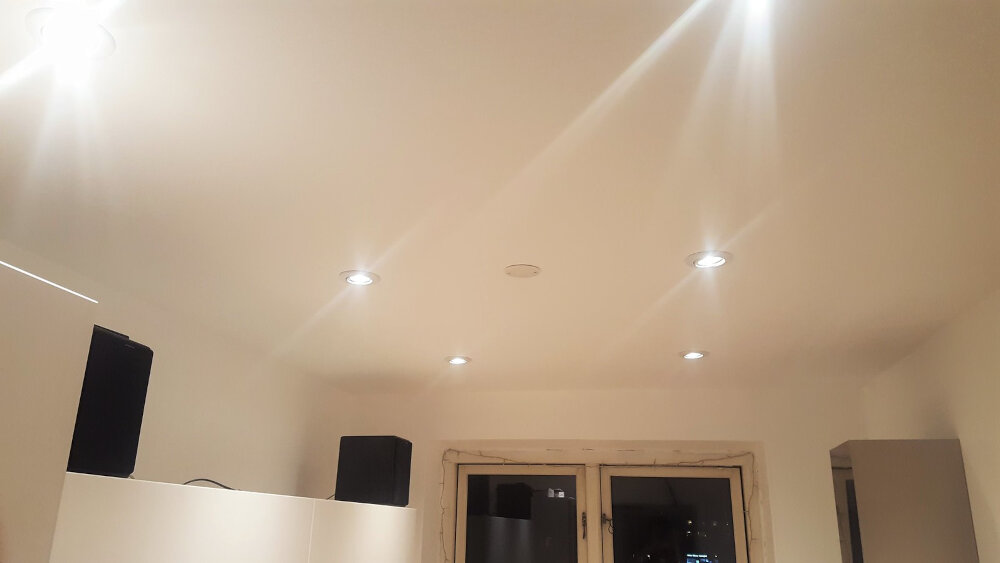
Choosing the right wire type is crucial when it comes to installing LED light bars. The wire type you choose will determine the efficiency and safety of your installation. In general, there are two types of wires that are commonly used for LED light bar installations: copper and aluminum. Copper wires are the most popular choice because of their excellent conductivity and durability. They are also more resistant to corrosion than aluminum wires. However, copper wires are more expensive than aluminum wires, which may be a consideration if you are on a tight budget. On the other hand, aluminum wires are more affordable, but they are not as durable as copper wires. They are also more prone to corrosion, which can lead to a higher risk of electrical fires. When choosing the right wire type for your LED light bar installation, it is important to consider the size of the wire as well. The wire size will determine the amount of current that can pass through it, and therefore the amount of power that can be delivered to your LED light bars. If the wire size is too small, it can cause voltage drop, which can lead to reduced brightness and efficiency. On the other hand, if the wire size is too large, it can be inefficient and costly. It is important to choose a wire size that is appropriate for the amount of current that your LED light bars will draw. The wire size should also be appropriate for the distance between the LED light bars and the power source. This will help to ensure that the wire can deliver enough power to the LED light bars without any loss of voltage.
When it comes to choosing the right wire size for your LED light bar installation, there are several types of wires available that you can choose from. The most common types of wires used for LED light bar installation include stranded wire, solid wire, and tinned copper wire. Stranded wire is made up of multiple strands of wire twisted together, making it flexible and ideal for applications where the wire will be moved or bent frequently. Solid wire, on the other hand, is a single, solid strand of wire that is stiffer and best suited for applications where the wire will not be subjected to movement. Tinned copper wire is coated with a thin layer of tin, making it resistant to corrosion and ideal for use in marine and other harsh environments. It’s important to choose the right type of wire for your LED light bar installation to ensure reliable and safe operation.
Selecting the appropriate wire type for your LED light bar installation is crucial to ensure the safety of your electrical system. The wire’s thickness and the type of insulation material determine the amount of electrical current it can carry safely. Choosing the incorrect wire type can lead to overheating, electrical fires, and system failure. The wire’s length, temperature, and environment should also be considered while selecting the wire type. For instance, using a thin wire for a long distance installation can cause voltage drop, leading to dimmer lights. Therefore, it’s essential to carefully evaluate your installation requirements and choose the correct wire type to ensure optimal performance, safety, and longevity of your LED light bar installation.
Installation Tips

When it comes to installing LED light bars, choosing the right wire size is crucial for ensuring proper functioning and avoiding any potential hazards. Along with selecting the appropriate wire gauge, there are several installation tips that can help ensure a safe and effective installation. Firstly, it is important to make sure that all wiring connections are properly secured and insulated. This can be achieved by using crimp connectors or soldering the wires together and then covering them with heat shrink tubing or electrical tape. Additionally, it is recommended to use a wiring harness that is specifically designed for LED light bars, as this can simplify the installation process and provide additional safety features such as fuses and relays. Another important tip is to avoid running the wiring near any hot surfaces or moving parts, as this can cause the insulation to melt or wear down over time. By following these installation tips, you can ensure that your LED light bar installation is safe, reliable, and effective.
When it comes to installing an LED light bar, it’s crucial to ensure that it’s wired correctly to avoid any electrical issues. Firstly, you must choose the appropriate wire size for your installation needs, as using a wire that’s too thin can lead to overheating and short-circuiting. Secondly, it’s important to mount the light bar securely to prevent any damage, and to use waterproof connections to prevent water ingress. Finally, ensure that the wiring is correctly connected to the battery and that any switches or relays are installed correctly. By following these tips, you can ensure a safe and effective LED light bar installation that will provide reliable lighting for your vehicle.
When it comes to installing an LED light bar, choosing the right wire size is crucial. One of the most common mistakes people make is underestimating the amperage required for their LED light bar. This can lead to using wire that is too small, causing resistance and potentially overheating or even fire hazards. Another common mistake is using wire that is too long, which can cause voltage drop and diminish the brightness of the LED light bar. It’s important to carefully calculate the amperage needed and choose the appropriate wire size and length to ensure a safe and effective installation.
Choosing the correct wire size and type is crucial when it comes to the installation of an LED light bar. The right wire size ensures that the electrical current flowing through the wires does not exceed the capacity of the wire, which can lead to overheating and potential hazards. It is essential to consider the length of the wire required, the current draw of the LED light bar, and the voltage drop to choose the correct wire size. Additionally, the type of wire used for the installation can also impact the performance and longevity of the LED light bar. Thus, choosing the right wire size and type is of utmost importance to ensure a safe and efficient installation of your LED light bar.
In conclusion, choosing the right wire size for your LED light bar installation is crucial to ensure the safety and functionality of your lighting system. It is important to consider the voltage, amperage, and length of the wires before making a decision. Remember to always use the appropriate wire gauge for your specific needs and to follow the manufacturer’s recommendations. Additionally, it is recommended to use a multimeter to test the voltage and amperage of your wires to ensure proper functioning. By taking the time to properly select and install the correct wire size, you can enjoy a reliable and efficient LED light bar for years to come.
Conclusion
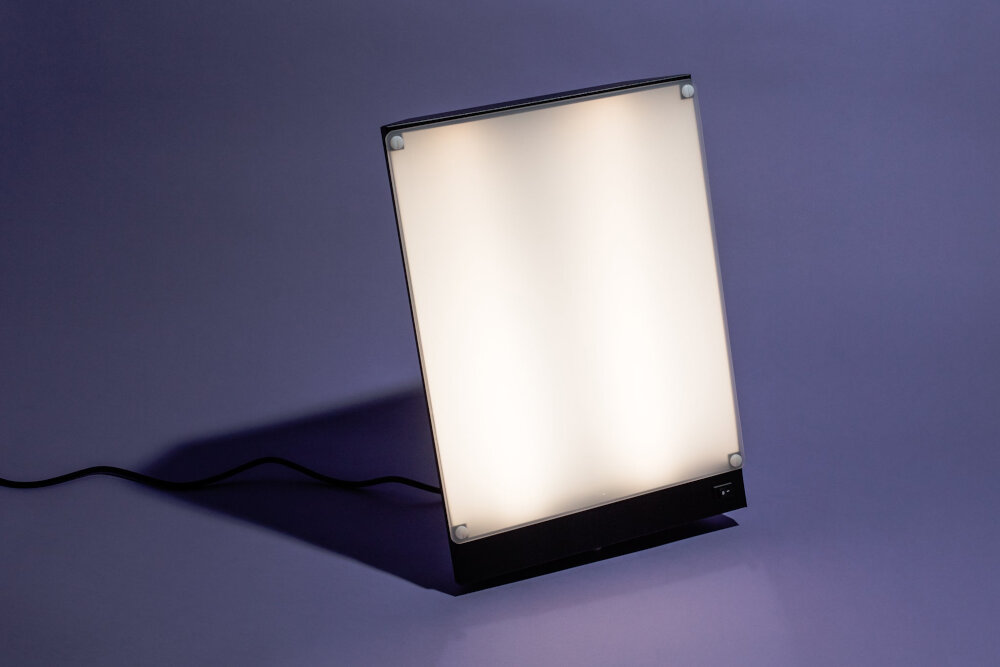
In conclusion, selecting the appropriate wire size for your LED light bar installation is crucial to ensure the safety and functionality of your vehicle’s lighting system. A comprehensive guide that considers factors such as length of wire, voltage drop, and amperage rating can help you make an informed decision. It is important to remember that using undersized wires may result in poor performance, overheating, and damage to your LED light bar. On the other hand, using oversized wires can be unnecessary and may add unnecessary weight and cost. By following this guide and consulting a professional if needed, you can ensure a successful and safe LED light bar installation.



